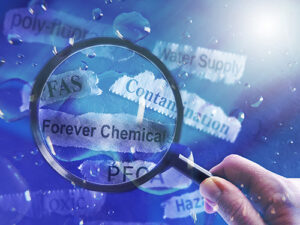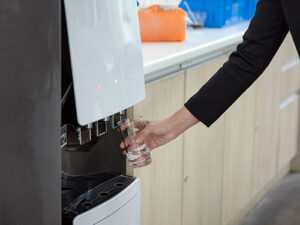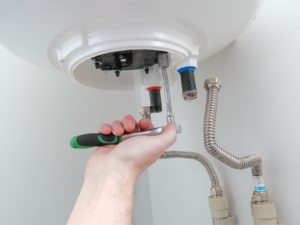Whether you have an older house or a newer house, water pressure can have a serious impact on the operation of your home. If you notice a drop in water pressure when using the washing machine and sink at the same time, or a sudden loss of water pressure when you’re in the shower when a toilet is flushed, it’s a sign that you might benefit from water pressure solutions. If your private well doesn’t have high enough water pressure and volume, you will also notice this change when running multiple faucets at a time. When you have the right amount of water pressure and volume, your home will be a much more enjoyable place.
What is Water Pressure?
Water pressure is created by moving a volume of water at speed. In a well system a pump and motor are used to create pressure to deliver water to your home. The size of the pump and motor will dictate the volume of water that is able to be delivered at different pressures. Different pump and motor combinations can be used to supply water to meet specific flow and pressure requirements. It is important to properly size the system based on the wells ability to produce water (well yield), the well depth, the head pressure (pressure created from lifting the water from the well to the highest point in the home), and the desired volume of water at the specific pressure needed. If any of these factors is not taken into account the system will not function to meet the desired output.
What Are the Signs You Need Water Pressure Solutions?
The biggest sign of poor water pressure is noticing a substantial drop in flow when running multiple fixtures. The most common causes of low water pressure in a well are a failing pump, an undersized pump, and clogging of the well line or pump from iron and iron bacteria.
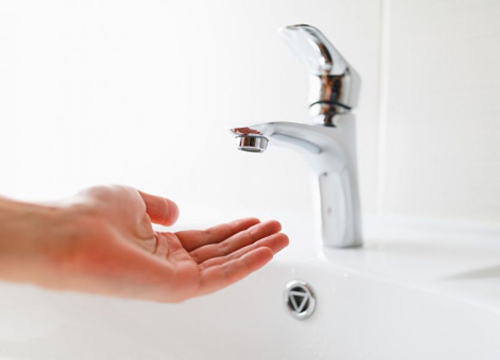
How Can I Tell If My Pump is The Problem?
First, start by ensuring the pressure tank is working properly. If the pressure tank is not cycling on and off at the set pressure settings, there may be a noticeable impact to the pressure. Increasing the set points of the pressure switch may increase the working pressure in the house; but if the pump is unable to provide the volume or is not strong enough to meet the higher demands you will not get the desired result and the pump may be adversely affected. Next check the output of your well pump; this can be done by cycling the pressure switch to fill the pressure tank, measure the volume of water in the pressure tank by running a hose to a bucket until the pump kicks back on, then turn off the hose and measure the amount of time it takes to fill the pressure tank. Dividing the gallons of water in the bucket by the seconds it takes to fill the tank will provide gallons per minute the pump is providing. If that volume of water is not what is required then installing a new water pressure solution is the best path forward.
What Are My Options to Improve My Pressure?
A variable speed pump is a newer technology that increases the well pump delivery as water demand increases. When sized correctly (along with an adequate well yield) this system can deliver city like pressure for all of your home’s demands.
Replacement of the existing pump with a conventional pump that is capable of delivering an adequate volume of water would be the next best option.
Finally a booster pump is an option, but is generally not recommended as this pump only speeds up the water and is not able to increase the volume of water; the effect would be like turning the shower head into a pressure washer instead of providing more volume.
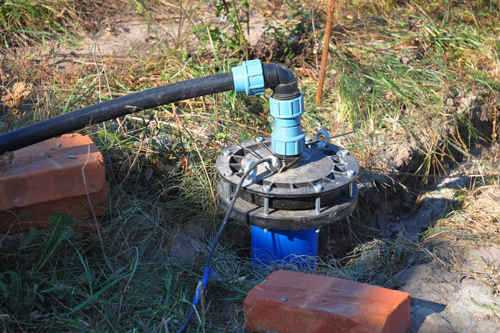
Test Your Well Water with Hague Quality Water of Maryland
If you are concerned about the quality and contents of your water, or desire better water pressure, we are here to help with your water improvement projects. Whether you need the Hague WaterMax® System or additional filtration beyond that, our team cares deeply about the health and safety of your family. We offer a convenient mail-in water testing kit for conducting a complete water test at home. If you’d prefer to drop off samples, you can also do so easily. For additional assistance, call Hague Quality Water of Maryland at (410) 757-2992.


